 Future of Work
Future of Work
 Future of Work
Future of Work
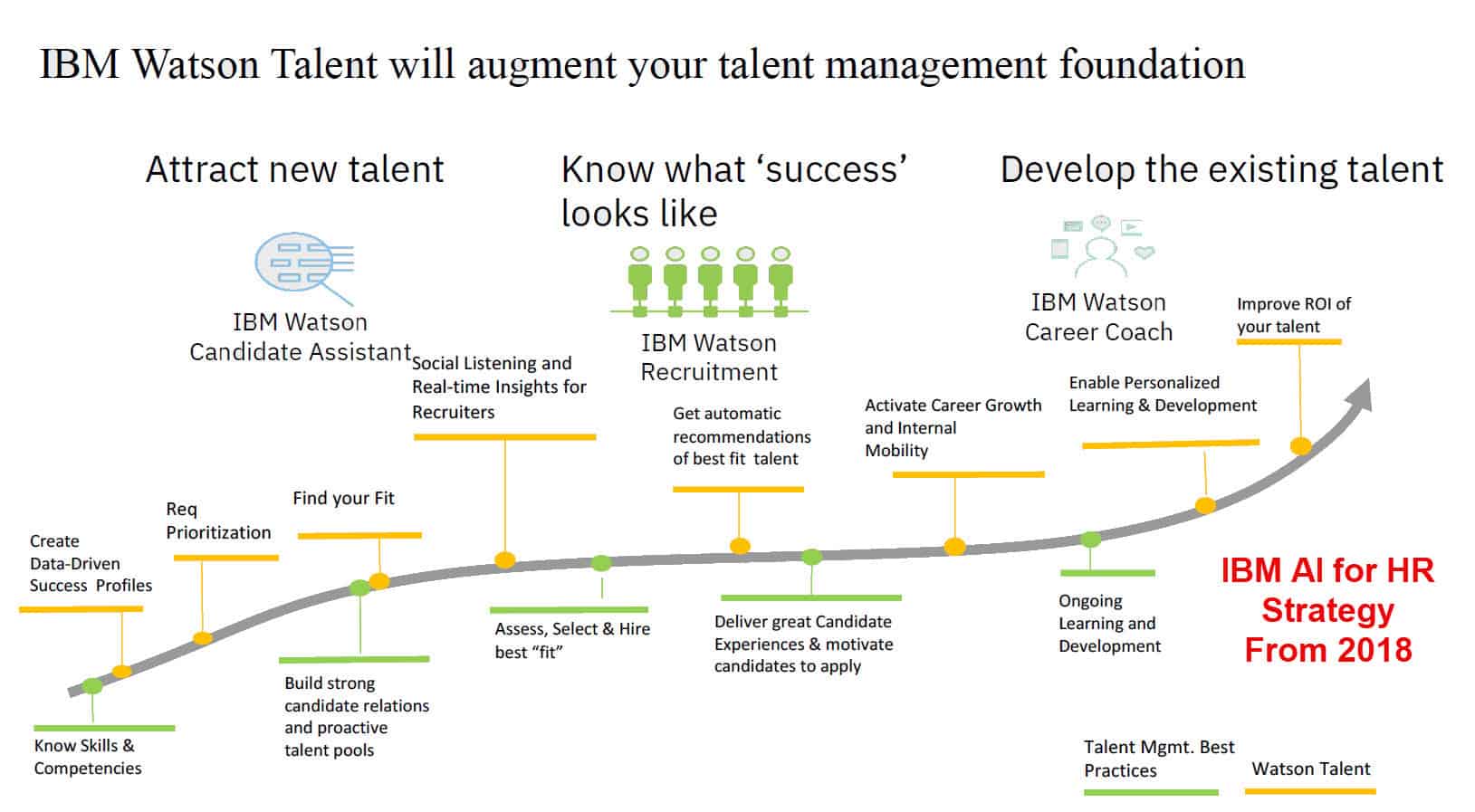 Future of Work
Future of Work
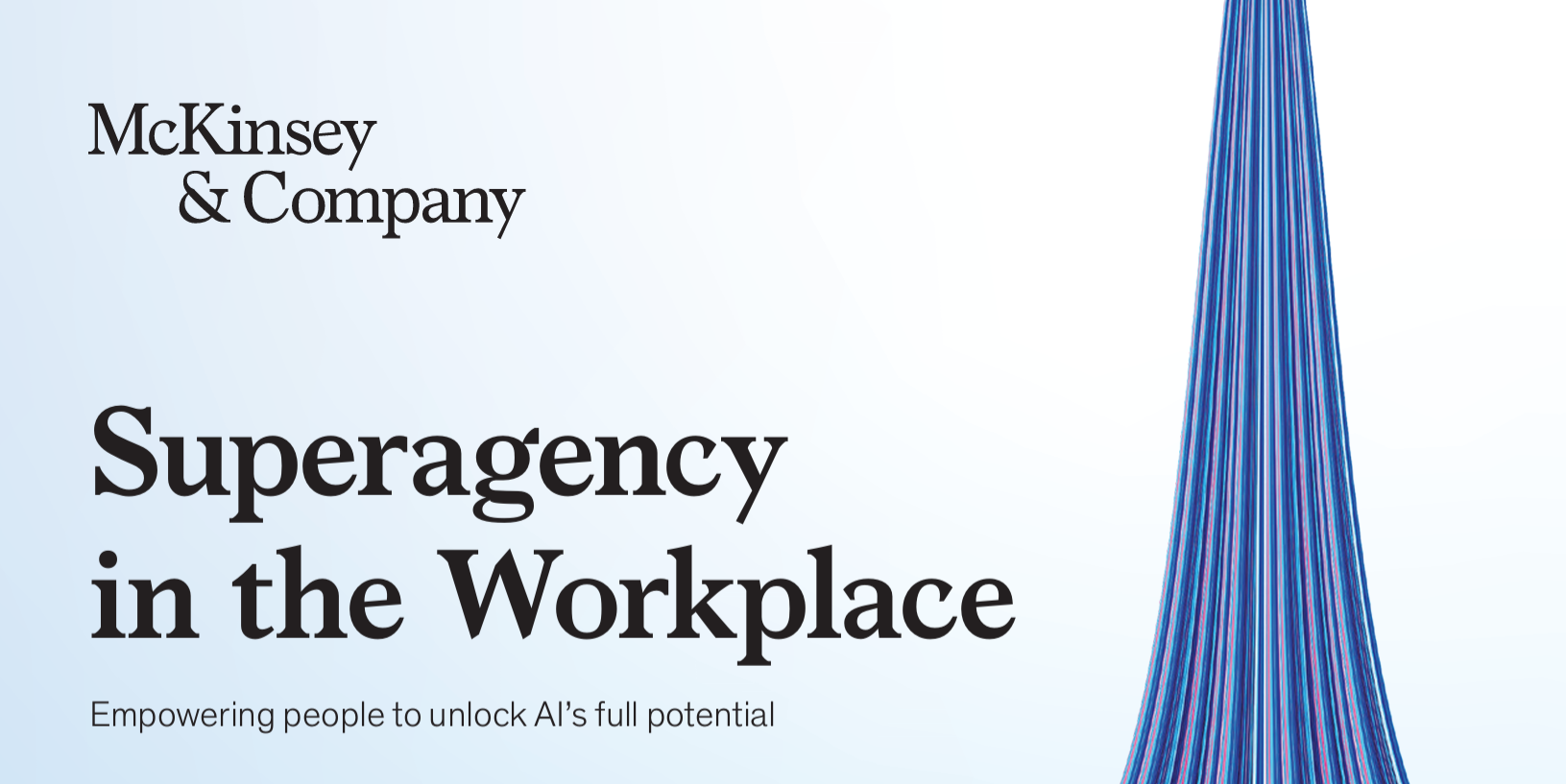 Future of Work
Future of Work
 Future of Work
Future of Work
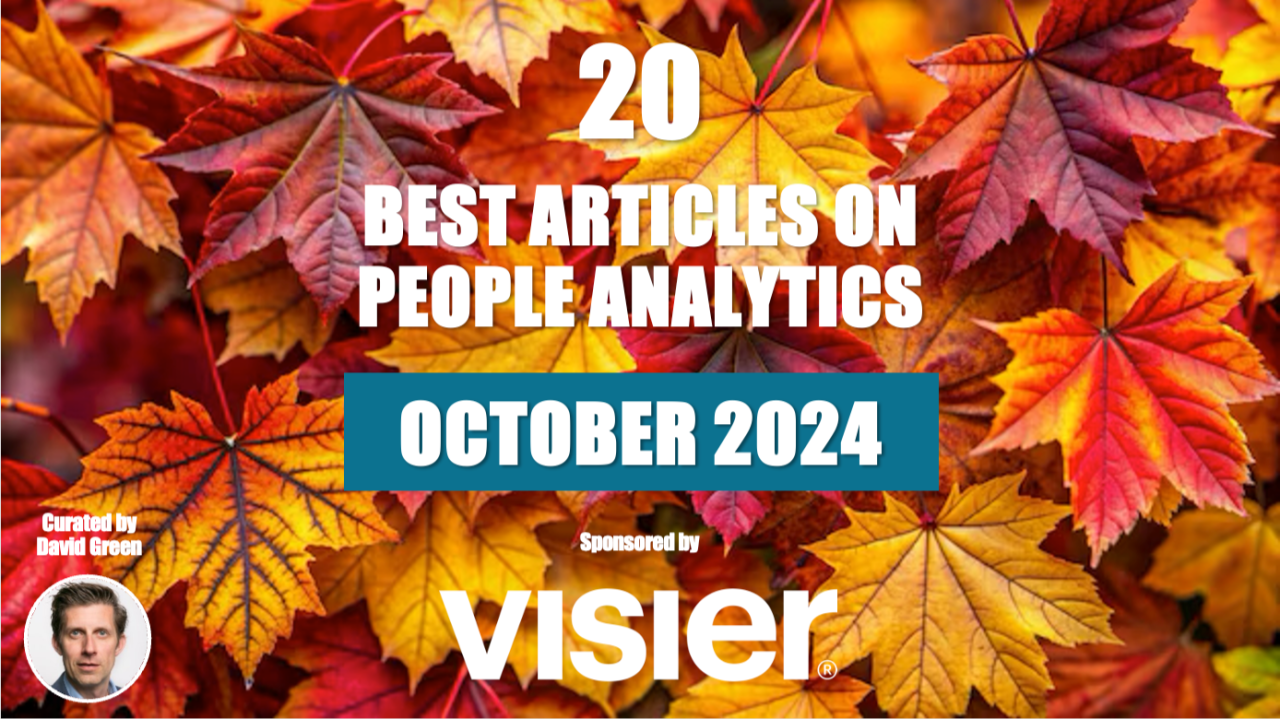 Future of Work
Future of Work
 Future of Work
Future of Work
 Future of Work
Future of Work
 Future of Work
Future of Work
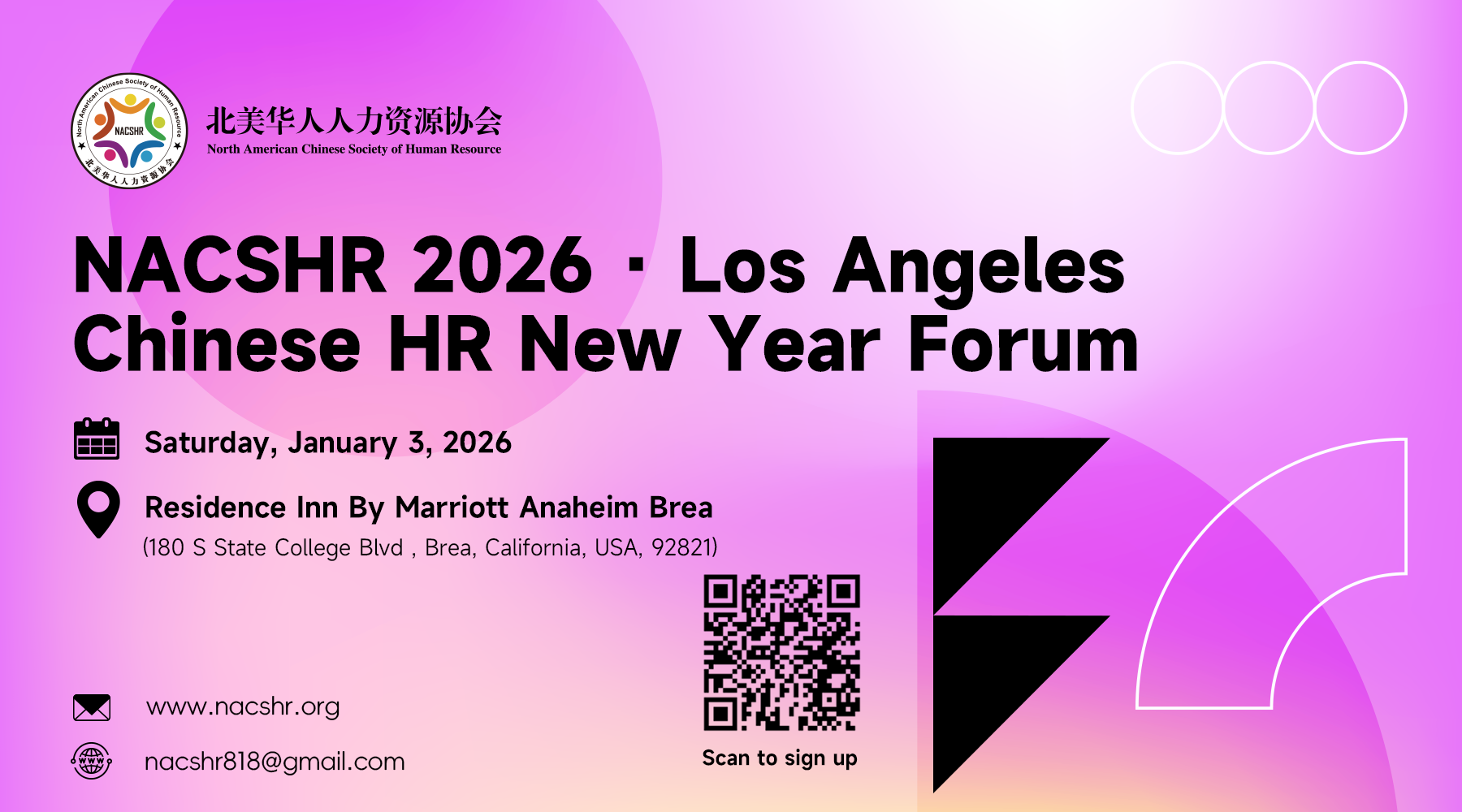
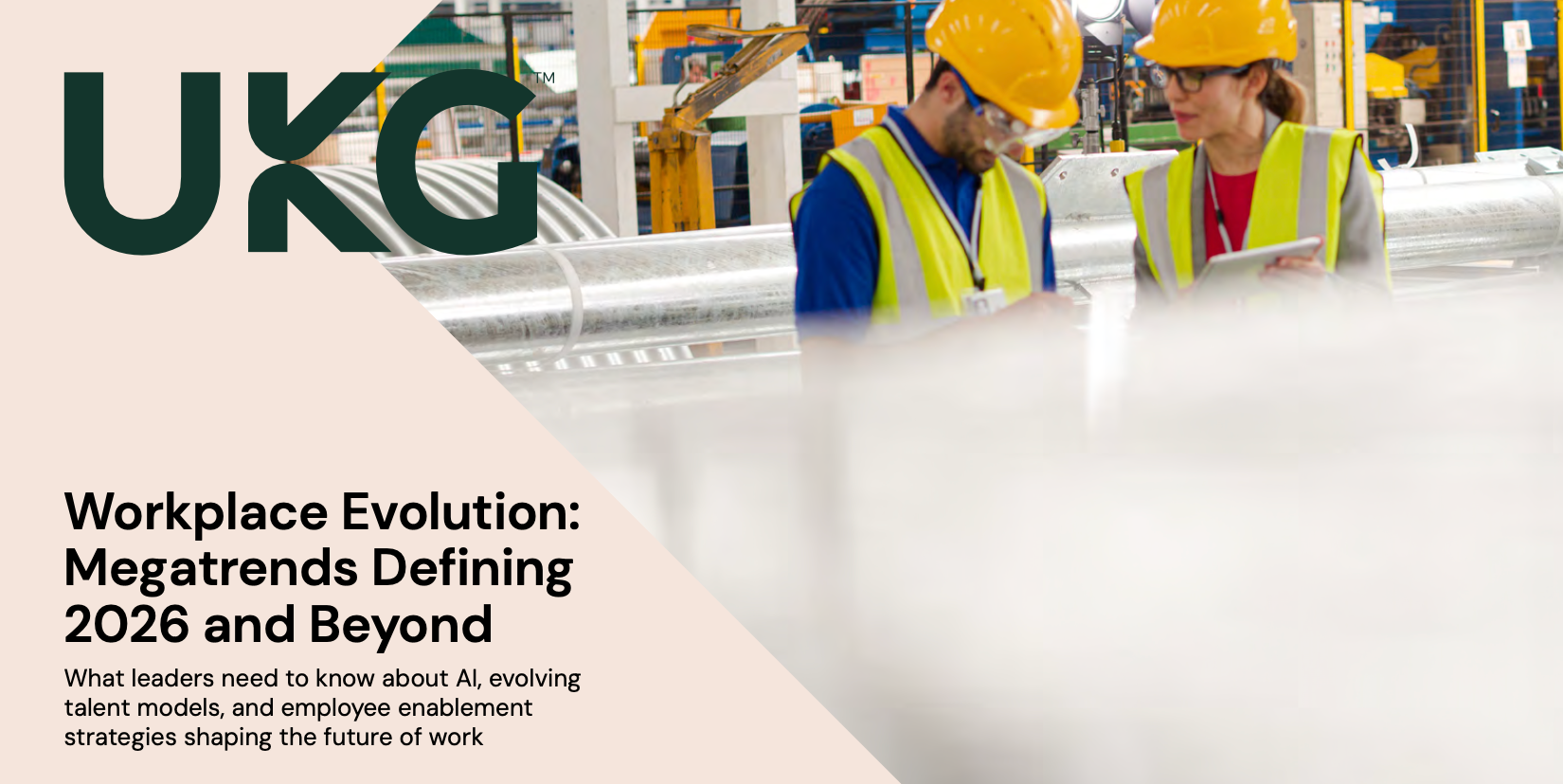

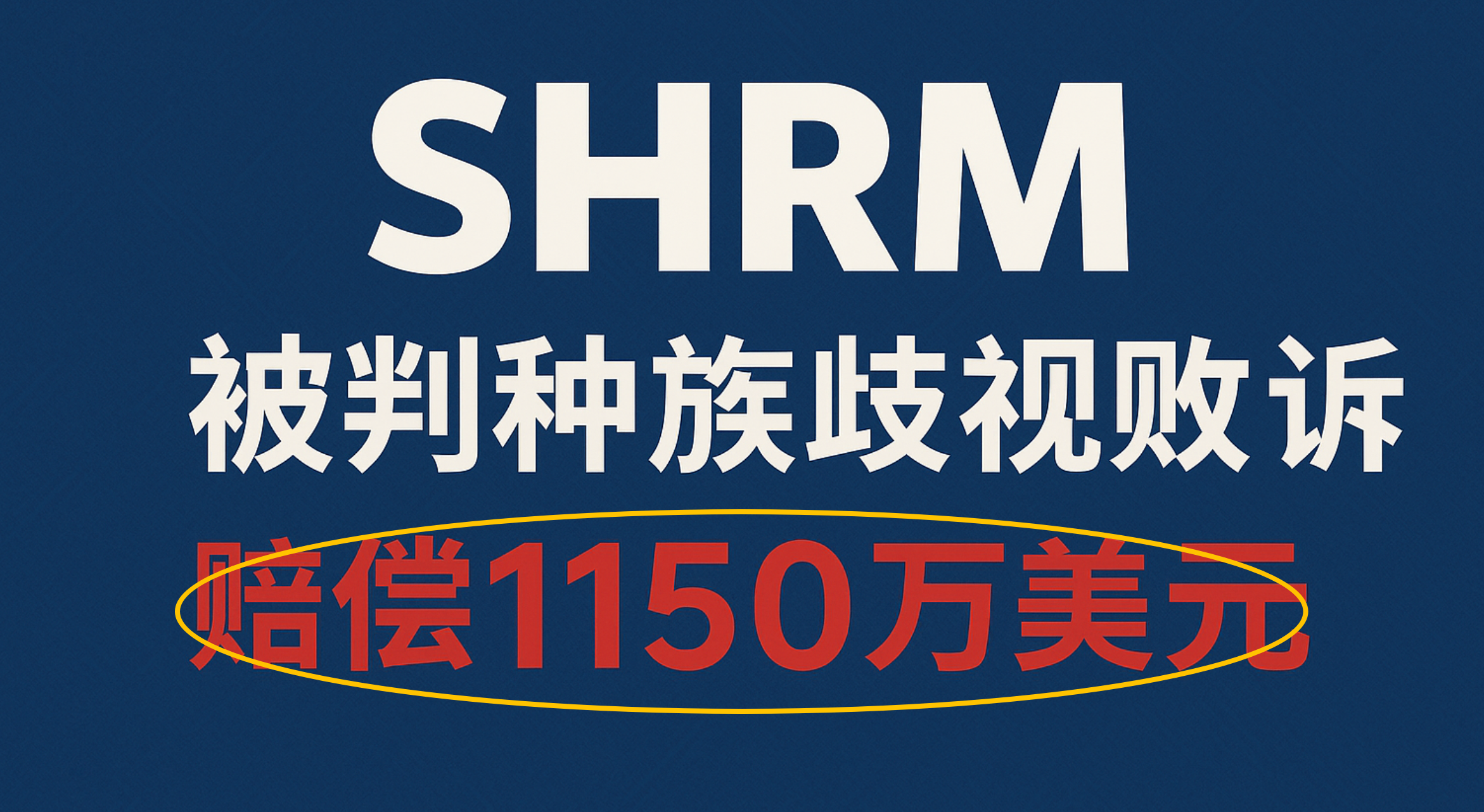

 扫一扫
添加客服
扫一扫
添加客服




